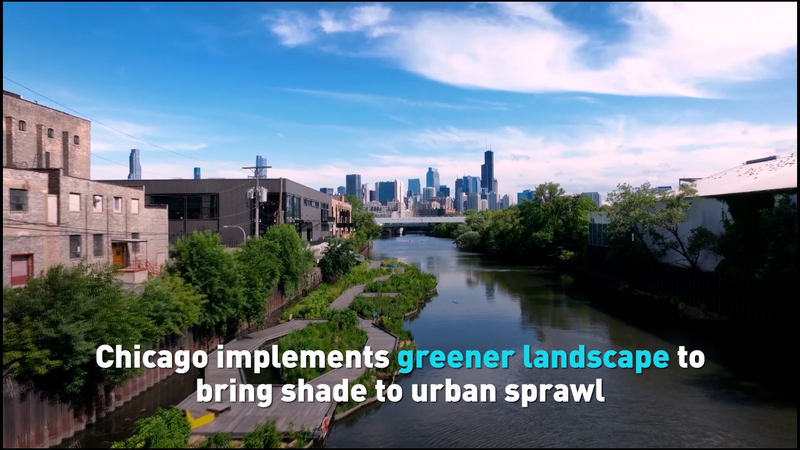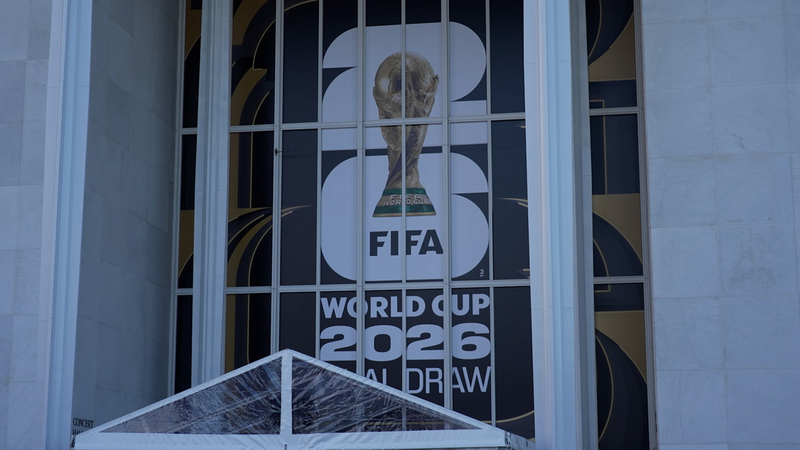In the heart of the Midwest, Chicago is rewriting the script for modern cities by weaving nature back into its concrete sprawl. Facing hotter summers and rising urban heat islands, local planners, activists and residents have teamed up to plant trees, install green roofs and expand pocket parks across the city.
Since 2012, Chicago has added over 5 million square feet of vegetated rooftops, with more than 100 new planted corridors along major boulevards. Data from the city’s Department of Environment shows these green interventions can lower street-level temperatures by up to 5F and cut stormwater runoff by 20%. For a city known for its skyscrapers, these quiet patches of green now act as vital shields against heat and flooding.
Beyond the numbers, the initiative has sparked community engagement. In neighborhoods long starved of public space, families gather under newly planted shade trees, local artists host outdoor workshops, and neighborhood groups help maintain rain gardens that filter pollutants before they reach Lake Michigan. “We’re not just adding plants, we’re creating spaces that bring people together,” says a volunteer with a Chicago urban forestry nonprofit.
Chicago’s renaissance mirrors a global trend: from Tokyo’s rooftop farms to Paris’s vertical gardens, cities are investing in living landscapes to boost resilience and well-being. As young global citizens and tech innovators search for solutions to climate pressures, Chicago’s model offers a blueprint for turning grey expanses into thriving green hubs.
With construction cranes still dotting the skyline, the Green Chicago program is proof that even in sprawling metropolises, a little shade—and a lot of green—can go a long way.
Reference(s):
Chicago implements greener landscape to bring shade to urban sprawl
cgtn.com



